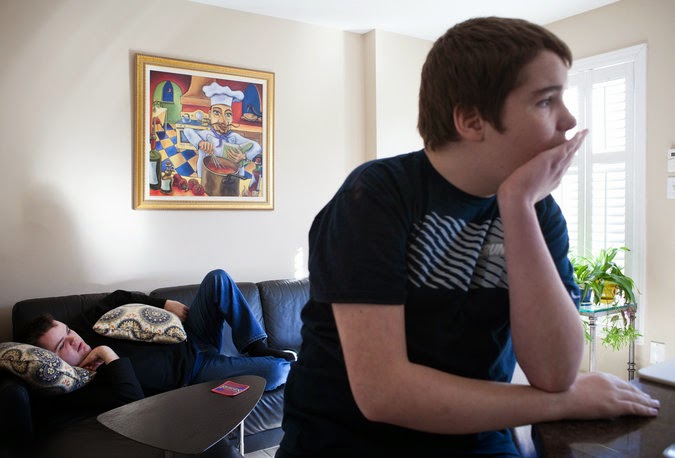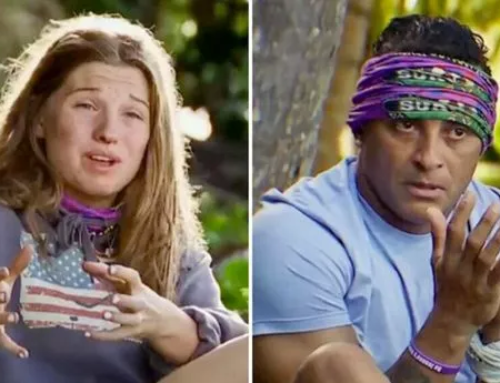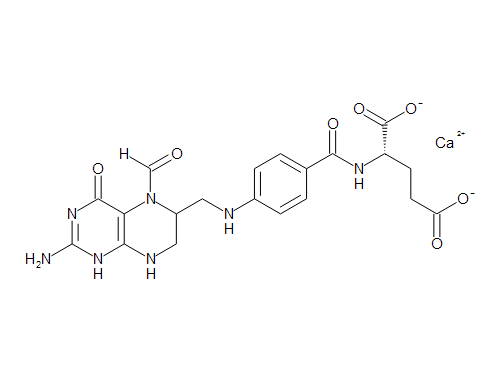Most siblings with a diagnosis of autism do not share the same genetic risk factors for the disorder
and are as distinct in their behaviors as any brothers and sisters, scientists reported on Monday, in a study that came as a surprise to many doctors, if not to parents.
Scientists analyzed genetic material from 85 families, using a technology called whole-genome sequencing. Unlike other approaches, which illuminate a sample of a person’s genetic material, the whole-genome technique maps out the entire voluminous recipe, every biological typo, every misplaced comma or transposed letter. Each of the families had two children with a diagnosis of autism.
The researchers focused their analysis on about 100 genetic glitches linked to the development of autism. They found that about 30 percent of the 85 sibling pairs in the study shared the same mutation, and about 70 percent did not. The sibling pairs that shared a genetic glitch were more similar to each other, in their habits and social skills, than those pairs whose genetic risks were different, the study found.
The finding drives home the exasperating diversity of autism, even in the most closely related individuals. And it suggests that scientists will need to analyze tens of thousands of people, perhaps more, to tell any meaningful story about its biological basis.
Experts said the report, in the journal Nature Medicine, would most likely encourage changes in clinical practice. Some hospitals analyze the genetic profile of the eldest affected sibling to try to understand an infant, or to advise parents of the odds of having another child with the same disorder.
That approach is not informative in most cases, the study authors said.
“This is very important work for people like me,” said Valerie South, an emergency nurse in Oakville, Ontario, outside Toronto. Her sons Cameron, 20, and Thomas, 14, have severe autism. In a family of four or more, the odds of having two children with autism is about one in 10,000.
In 1998, she and her husband consulted doctors about the risks of having another child with autism. At the time, they had Cameron and an older son, Mitchell, who has no developmental problems.
“We wanted Mitchell, who is a great brother, not to have to carry the burden all by himself,” Ms. South said. “They told us that the odds of having another Cameron were tiny. And even if it happened, they said, it wouldn’t be a severe case.”
They did not get another Mitchell — or another Cameron. They got Thomas, who shares Cameron’s diagnosis, but who is very different. Thomas will walk right up to strangers, Ms. South said, while Cameron draws back. Thomas loves his iPad, whereas Cameron has no interest in computers.
Thomas is an “escape artist,” continually on the move, while Cameron prefers to park himself in one place.
The new study provides a good biological explanation for those differences — and should put to rest the sort of predictions the Souths got before having Thomas.
Read the whole story at The New York Times






